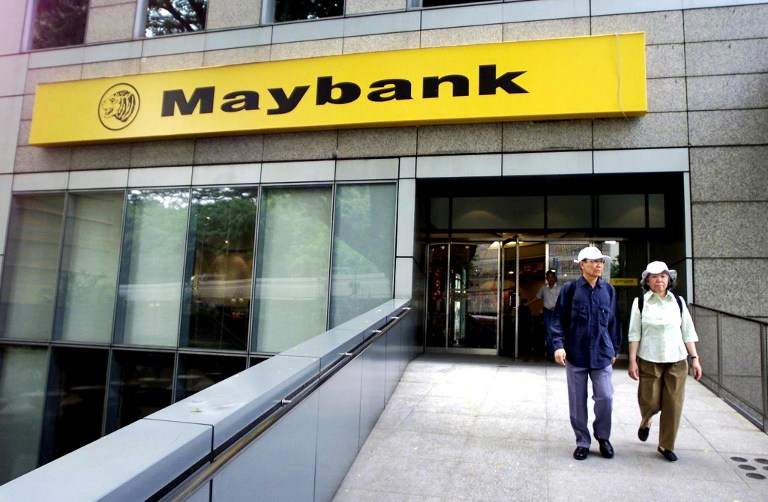KUALA LUMPUR, Dec 21 — RAM Ratings has reaffirmed Malayan Banking Bhd’s (Maybank) Asean — and national-scale financial institution ratings at AAA/Stable/P1 each.
Concurrently, the ratings of the group’s debt issues had been reaffirmed, the rating agency said in a statement today.
It said the ratings reflected the group’s strong Asean franchise, solid capitalisation, diversified earnings base and deposit funding strength in Malaysia whereby as the largest bank in the country, it was systemically important to the country.
While pressure on the group’s asset quality lingered, the credit quality of its loan portfolio was expected to hold up, said RAM Ratings.
“Maybank’s gross impaired loan (GIL) ratio had weakened to 2.7 per cent as at end-September 2018, mainly due to a large collateralised loan in Singapore in the second quarter of the financial year ending December 2018.
“On a positive note, the inflow of impaired oil and gas (O&G) accounts, which had contributed to a rise in the group’s GIL ratio in 2016, has slowed,” it said.
RAM Ratings said Maybank recorded a respective 31 per cent and 15 per cent year-on-year reduction in impairment losses in fiscal 2017 and the first nine months of fiscal 2018, translating into an annualised credit cost ratio of 0.4 per cent.
“This is a notable improvement from the 0.6 per cent seen in fiscal 2016 when Maybank had actively managed the rescheduling and restructuring of borrowers in the O&G and related sectors, and borne the necessary provisions.
“That said, increasing interest rates and uncertainties arising from the upcoming presidential election in Indonesia, the challenging outlook for the power sector in Singapore and the ongoing trade war between the US and China could introduce some stress to asset quality,” said the agency.
On another note, it said Maybank recorded a pre-tax profit of RM7.8 billion in the first nine months of this year against RM10 billion in fiscal 2017.
“Its profit performance is improving on account of easing credit costs and should support internal capital generation,” it noted.
Taking into consideration RM2.8 billion of regulatory reserves as at end-September 2018, the group’s adjusted GIL coverage ratio stood healthy at 99 per cent while the bank common equity tier-1 capital ratio was a solid 13.6 per cent as at the same date, the agency added. — Bernama






















